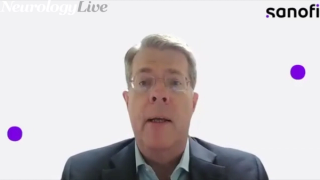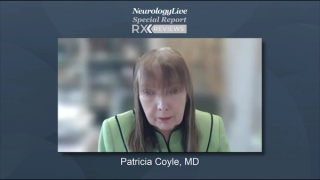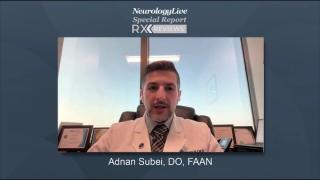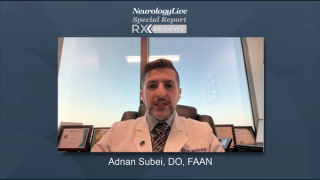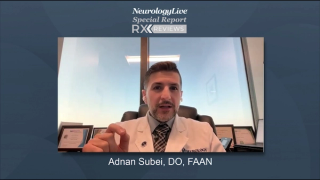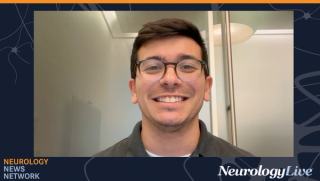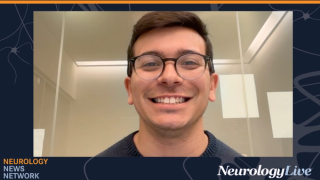
MS and Demyelinating Disorders
Latest News

Latest Videos

CME Content
More News

Data from the MAGNIFY-MS study suggest that low 24-month PIRA rates across age groups and among those with or without treatment experience.

The data showed only a small number of infusion-related reactions among patients with MS transitioning from other disease-modifying therapies.

The 2-year study highlighted the potential of cladribine to promote remyelination in highly active relapsing-remitting MS, particularly when early disease control is achieved.

A large-scale study presented at ECTRIMS 2024, conducted by the Alliance for Research in Hispanic MS Consortium, identified ancestry-specific genetic factors that influence the risk of developing multiple sclerosis.
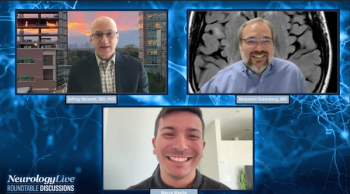
In this episode, a pair of neuroimmune experts discussed some of the emerging research for patients with MOGAD, highlighting the need for immunological markers, remodeling therapies, and enhancements to diagnostic criteria. [WATCH TIME: 5 minutes]

Based on findings from the study, investigators stressed the need for better streamlined access to high-efficacy therapies for pediatric patients with onset multiple sclerosis.

The pair of neurologists provided clinical insight on a number of lingering non-treatment unmet needs for patients with MOGAD, including improved care for pediatric patients and underreported complications like sleep disturbances and genitourinary issues in adults. [WATCH TIME: 5 minutes]
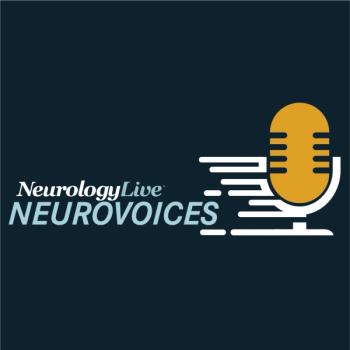
The consultant neurologist at Imperial College Healthcare Trust discussed a proposed concept of smoldering disease in multiple sclerosis that covers progressive symptoms that go beyond traditional focal inflammatory activity.

In this discussion, the pair of neurologists explore the latest drug development and ongoing clinical trials for MOGAD, a rare neuroimmune disorder. [WATCH TIME: 4 minutes]

In this segment, Bennett and Greenberg explore the diagnosis, acute treatment, and long-term management of MOGAD, highlighting current therapies and ongoing research. [WATCH TIME: 8 minutes]

In this episode, Greenberg and Bennett provide some perspective on the fluidity of MOGAD diagnosis and how it could potentially change over time as more is understood about neuroimmune disorders. [WATCH TIME: 5 minutes]

In this segment, the duo of neurologists provided a number of informative considerations treating clinicians should take when diagnosing MOGAD, emphasizing careful testing and interpretation of data in this complex process. [WATCH TIME: 4 minutes]

Here's some of what is coming soon to NeurologyLive® this week.

The consultant neurologist at Imperial College Healthcare Trust discussed how smoldering MS challenges traditional views of disease progression, seeking combined therapies targeting both inflammatory activity and mechanisms driving smoldering-associated worsening. [WATCH TIME: 4 minutes]

Test your neurology knowledge with NeurologyLive®'s weekly quiz series, featuring questions on a variety of clinical and historical neurology topics. This week's topic is on non-relapsing secondary progressive multiple sclerosis.

Take 5 minutes to catch up on NeurologyLive®'s highlights from the week ending September 13, 2024.

Approved based on the phase 3 OCARINA II trial, the new subcutaneous formulation offers patients with multiple sclerosis more flexibility to choose treatment options that suit their individual needs.

The consultant neurologist at Imperial College Healthcare Trust highlighted the importance of acknowledging smoldering multiple sclerosis, urging a shift in therapeutic focus beyond relapses and advocating for a new approach to disease management. [WATCH TIME: 5 minutes]

The postdoctoral researcher at Amsterdam University Medical Center talked about a tool that helps assess the likelihood of transitioning to secondary progressive multiple sclerosis, allowing clinicians to make informed treatment decisions in a timely manner.

Understanding Smoldering Disease in MS Beyond Focal Inflammatory Activity: Antonio Scalfari, MD, PhD
The consultant neurologist at Imperial College Healthcare Trust talked about how smoldering disease in multiple sclerosis encompasses disease progression independent of relapsing activity, thus broadening the scope beyond traditional measures. [WATCH TIME: 4 minutes]
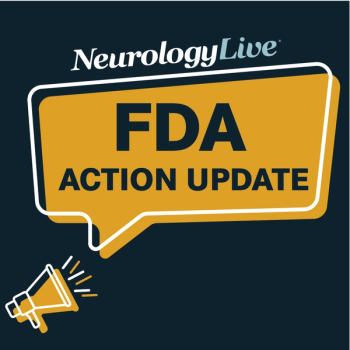
Catch up on any of the neurology news headlines you may have missed over the course of August 2024, compiled all into one place by the NeurologyLive® team.
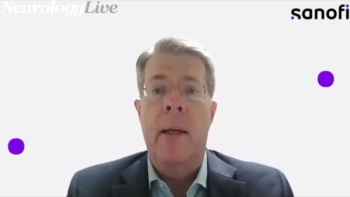
The global head of neurology development at Sanofi discussed the safety profile of tolebrutinib, an investigational BTK inhibitor, and how treatments like it may help transform the care for patients with multiple sclerosis. [WATCH TIME: 5 minutes]

Here's some of what is coming soon to NeurologyLive® this week.

Take 5 minutes to catch up on NeurologyLive®'s highlights from the week ending September 6, 2024.

MRI scans showed that 99% of fenebrutinib-treated patients were free of T1 gadolinium-enhancing lesions, indicating minimal active inflammation.





